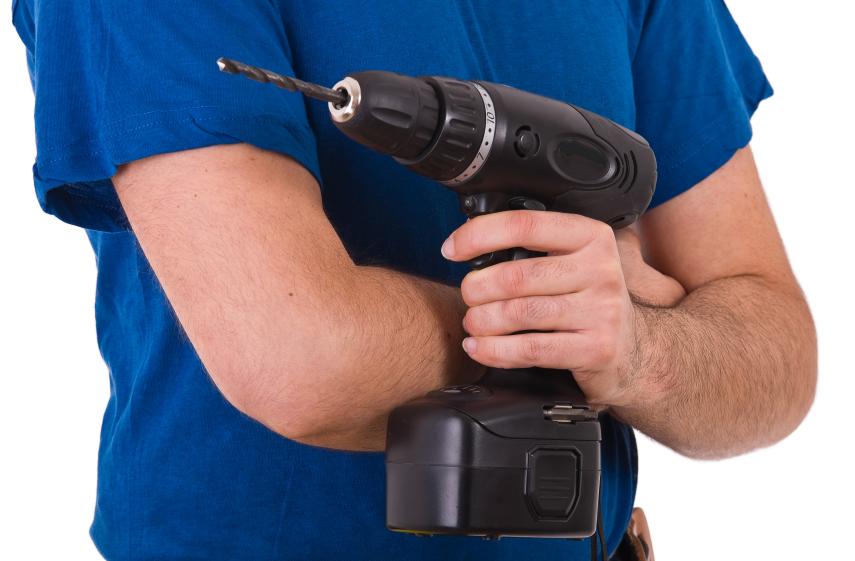
|
What kinds of distractions can lead to deadly mistakes? It’s vital to realize that distractions that would be minor in most circumstances can be major when safety is an issue. And, equally important to understand is that many hazardous operations do not necessarily look dangerous.
Three Deadly Distractions
Here are three common distractions that can take workers’ minds off their tasks and the strategies for addressing them:
Electronic devices. On May 8, 2009, the operator of the Massachusetts Bay Transportation Authority Green Line train 3612 was texting his girlfriend as he pulled into the Government Center station in Boston. His train crashed into a stopped train without slowing, derailing one car from each train, sending 68 people to the hospital with injuries, and causing nearly $10 million in damage. Checking and composing text messages have been implicated in many work-related transportation accidents.
Operating a motor vehicle or a piece of heavy equipment is exactly the sort of safety-critical operation we are most likely to think of. But, it’s not just cell phones that can cause these problems; laptops, notebook computers, and tablets are also potentially deadly distractions even when their use on the job is required.
Is your Health & Safety Training Effective? Strengthen it today with this free download: Strengthen Your Health and Safety Culture with Impactful Systems.
Click here to download today!
Eliminate device-related distractions. Put a policy in place to ensure that workers are not required to use their cell phones, laptops, or tablets at moments when they should be focused on what they’re doing—like driving.
Interruptions. In October 2009, 64-year-old John Bruce was on a raised belt loader at Al-Mubarak Airbase in Kuwait handling baggage from a United Airlines 747 when a coworker below moved the belt loader. Bruce fell 12 feet (ft) and suffered severe head trauma; he was removed from life support several days later. A lawsuit in the case alleged that the worker who moved the belt loader was distracted at the time of the accident because he was chatting with other workers. Something as simple as a conversation with a coworker can distract an employee at a critical moment.
Eliminate interruptions. Create your own “sterile cockpit” rule for hazardous tasks. The term comes from the airline industry where many routine tasks have a high disaster potential. Airlines have gone to great lengths to ensure that pilots will be fully focused during landing procedures. Pilots are trained to work together in teams when landing and are constrained by the sterile cockpit rule during landing, takeoff, taxiing, and while flying below 10,000 ft. The rule strictly limits nonessential communication and activities during those times.
Everyday employees in various companies can perform extremely dangerous tasks, yet these companies were still voted among America’s Safety Companies by EHS Today. How can you get on the same level you ask? Download this free paper to find out: Strengthen Your Health and Safety Culture with Impactful Systems. Download now
Divided attention. Patrycjusz Zawadowicz, a 31-year-old Polish sailor, was working two winches as his ship, the 2,600 meter Dublin Viking, was leaving Dublin on August 7, 2008. One of the winches was supposed to be heaving up the stern ramp; the other was veering the stern line.
Zawadowicz, who was the ship’s second officer, had performed the procedure before—but this time, at a critical moment, he made a costly error. Instead of paying out slack, Zawadowicz heaved on the stern line—a mistake likely caused by the need to divide his attention between the two winches. The stern line was in poor condition, but its deficiencies had been missed during inspections. It broke, snapping back and breaking both of Zawadowicz’s legs and dislocating his shoulder. Zawadowicz later died of his injuries.
We like to think we can multitask safely—but the truth, researchers say, is that we’re probably not doing any of those multiple tasks well. If any of the tasks you’re performing has the potential to cause serious injury, divided attention can trigger disaster.
Eliminate divided attention. Address the problem at the planning level. When workers are required to perform potentially hazardous tasks, don’t give them more than one thing to do at a time. Either give workers a stepwise procedure to follow, or give them a single task to do—but assigning multiple potentially hazardous tasks is an invitation for disaster. Plan tasks with care, and make sure that adequately trained personnel are on hand to perform them.
Need more suggestions for keeping workers on task? Safety.BLR.com® has safety management tools you can use.
